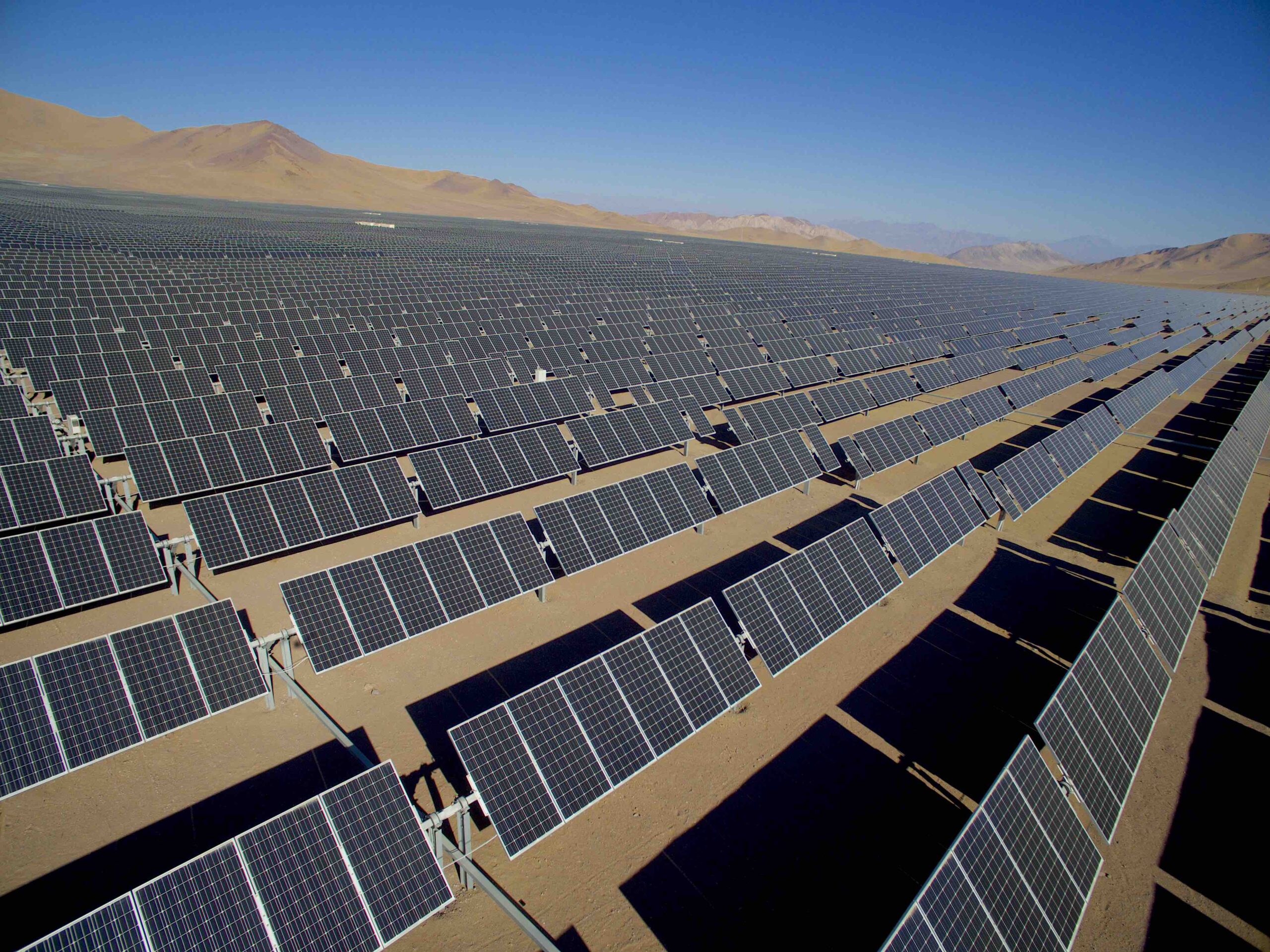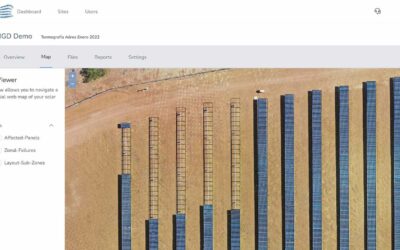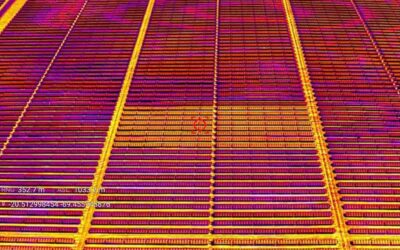At SimpleMap.io, we’re deeply committed to providing you with comprehensive and effective solutions in aerial analytics. We also recognize the importance of solar energy and its potential for a greener and more sustainable future. However, this potential isn’t devoid of challenges – one of them being Potential Induced Degradation (PID), which can significantly impact the performance of solar panels. In this blog post, we’ll delve into the concept of PID, its effects on solar panels, and how it can be managed and avoided.
What is Potential Induced Degradation (PID)?
Potential Induced Degradation (PID) is a phenomenon that affects the performance of solar panels over time. It’s caused by a build-up of electrical potential between the solar cells and the system’s grounding, which can lead to an accelerated corrosion of the solar cells. The result? Decreased efficiency and output power, rendering your solar panels less productive than they should be.
The Impact of PID on Solar Panels
PID can cause significant power loss, in some cases, up to 30% or more over a few years. This means less energy production from your solar panels and ultimately less return on your investment. While this sounds quite alarming, it’s essential to know that not all solar panel installations are affected by PID, and the degradation level can vary depending on numerous factors, such as the panel’s build quality, installation design, and local environmental conditions.
PID Detection and Management with Aerial Analytics
So, how can PID be detected, managed, and possibly even avoided? This is where the power of aerial analytics comes into play.
SimpleMap.io, with its advanced aerial analytics technology, can effectively detect early signs of PID. By leveraging high-resolution drone imaging and intelligent data analysis, we can identify any decrease in solar panel performance attributed to PID.
Furthermore, our solutions can be used to monitor the health of your solar panels regularly, enabling proactive measures and remediation before PID seriously affects your solar panels’ productivity. Regular check-ups can also assist in maintaining warranties, as many manufacturers require routine performance monitoring.
Aerial Thermography: A Game Changer in PID Management
Aerial thermography, the technique of capturing thermal images from a bird’s eye view, has emerged as an indispensable tool in managing Potential Induced Degradation (PID). Let’s delve into how this powerful combination of drone technology and thermal imaging can help in the early detection, management, and prevention of PID in solar panels.
Early Detection of PID: PID can affect a solar panel’s performance well before visible signs of degradation appear. Traditional methods of inspection might miss these subtle changes. But with aerial thermography, these early indicators become apparent. Drones equipped with high-resolution thermal cameras can quickly scan large solar installations and identify hot spots that may indicate the onset of PID.
Quick and Efficient Analysis: Given the scale of solar farms, manual inspection can be both time-consuming and labor-intensive. Drones simplify this process, scanning vast areas quickly and providing instant thermal images for analysis. The collected data can then be processed and analyzed to detect PID, which is crucial for timely intervention and mitigation.
Preventive Maintenance and Monitoring: Regular monitoring of solar panels using aerial thermography can provide insights into the health of your solar installations over time. This allows you to engage in preventive maintenance, address PID issues as they arise, and keep your solar installations running at peak efficiency.
Post-recovery Analysis: After implementing PID recovery measures like voltage reversal or forward bias, aerial thermography can help evaluate the effectiveness of these solutions. By comparing pre and post-recovery thermal images, you can confirm whether the applied remedy has been successful.
At SimpleMap.io, we leverage the power of aerial thermography in our drone-based inspection services. Our advanced algorithms can analyze the thermal data to detect anomalies, giving you a comprehensive report on your solar panel’s performance and the presence of PID.
It’s a game-changing approach that is not only quicker and more efficient but also offers a far more detailed analysis compared to traditional methods. With aerial thermography, we provide you with the necessary tools to combat PID effectively, ensuring your solar investment continues to deliver optimal returns.
Strategies to Avoid PID
Though PID can’t be completely eradicated, certain preventive measures can minimize its impact.
1. High-Quality Solar Panels: Investing in high-quality solar panels from reputable manufacturers can significantly reduce the risk of PID. These manufacturers often use advanced technologies and materials resistant to PID.
2. Proper System Design and Installation: Incorporating PID-resistant measures during the design and installation phase can be beneficial. This includes optimizing system grounding and voltage management.
3. Regular Monitoring and Maintenance: Regular inspections using advanced tools like drone imaging and thermal imaging can spot PID early on. Periodic cleaning and maintenance of the panels can also keep PID at bay.
4. PID Recovery Measures: In the event your solar panels are affected by PID, don’t panic. PID recovery methods such as voltage reversal and forward bias can help regain a substantial part of the lost efficiency.
With SimpleMap.io, you have a reliable partner that helps you make the most of your solar investments. We empower you with actionable insights to mitigate risks like PID and ensure that your solar panels are working at their optimal capacity. With sustainability as our core mission, we are dedicated to helping you harness the sun’s power more effectively and efficiently.
By being informed about PID and the ways to manage and avoid it, you are well on your way to a more sustainable and greener future. SimpleMap.io is here to guide you through each step of this journey, ensuring the sun continues to power your world without interruption.






0 Comments